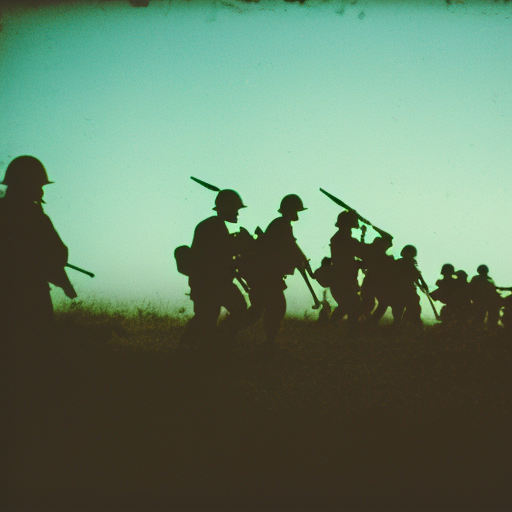Battle of Lekkerbeetje
The Battle of Lekkerbeetje was a significant military engagement that took place during the War of Independence in South Africa on May 12, 1902. It was fought between the Boer forces, led by General Christiaan de Wet, and the British forces, commanded by General Charles Knox.
Background:
The War of Independence, also known as the Second Boer War, was a conflict between the British Empire and the Boer republics of Transvaal and Orange Free State. The Boers, primarily of Dutch descent, sought to maintain their independence and resist British control over their territories. The war had been ongoing since 1899 and had seen several battles and sieges.
The Boer Strategy:
General de Wet, one of the most prominent Boer commanders, devised a strategy to disrupt British supply lines and communications. He aimed to inflict heavy casualties on the British forces and force them to negotiate a favorable peace agreement. De Wet’s plan involved launching surprise attacks on isolated British garrisons and convoys.
The British Response:
General Knox, the British commander, was aware of de Wet’s tactics and took measures to counter them. He ordered the construction of fortified positions along the British supply routes and increased patrols to detect any Boer movements. Knox also requested reinforcements to strengthen his position.
The Battle:
On May 12, 1902, de Wet launched an attack on a British convoy near the Lekkerbeetje farm. The convoy consisted of several supply wagons and was guarded by a small detachment of British soldiers. De Wet’s forces, numbering around 1,500 men, ambushed the convoy, quickly overwhelming the British defenders.
The Boers employed guerrilla tactics, utilizing their superior knowledge of the terrain to their advantage. They used the cover of bushes and trees to launch surprise attacks on the British soldiers, causing confusion and panic among their ranks. The British, caught off guard, struggled to mount an effective defense.
Despite their initial success, the Boers faced a determined British resistance. The British soldiers, though outnumbered, fought back fiercely, taking cover behind their wagons and returning fire. The battle became a fierce firefight, with both sides exchanging volleys of gunfire.
After several hours of intense fighting, the Boers began to run low on ammunition. Sensing an opportunity, General Knox ordered a counterattack. The British soldiers charged the Boer positions, catching them off guard. The Boers, low on ammunition and outnumbered, were unable to withstand the British assault.
Outcome:
The Battle of Lekkerbeetje ended in a decisive British victory. The Boers suffered heavy casualties and were forced to retreat. The British, on the other hand, suffered relatively fewer losses. The battle demonstrated the effectiveness of the British defensive measures and their ability to repel Boer attacks.
The Battle of Lekkerbeetje was a significant turning point in the War of Independence. It marked a shift in the momentum of the war, with the Boers losing ground and the British gaining the upper hand. The battle also highlighted the challenges faced by the Boers in their guerrilla warfare strategy against a well-prepared and determined British force.
In the aftermath of the battle, the Boers faced increasing pressure from the British, leading to the eventual surrender of the Boer republics and the end of the war. The Battle of Lekkerbeetje remains an important event in South African history, symbolizing the resilience and determination of both the Boer and British forces during the War of Independence.












